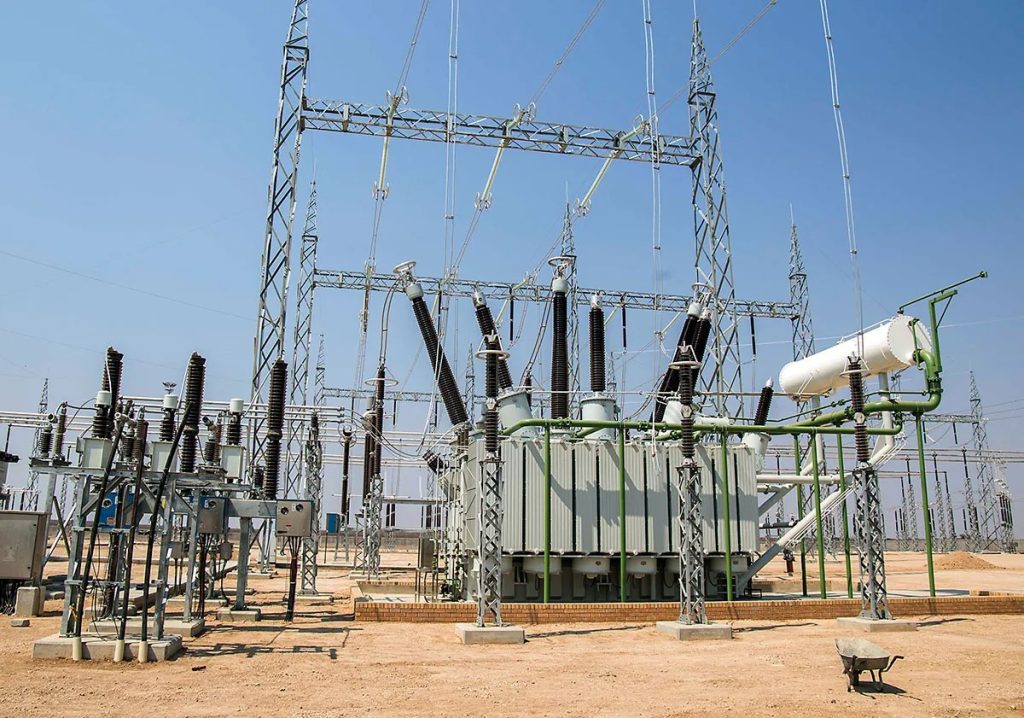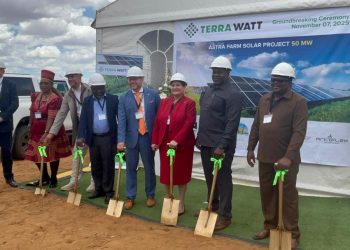
Namibia generated 43.9% (181,467 MWh) of its total electricity supply locally in September 2025, while imports accounted for the remaining 56.1% (231,801 MWh), according to the Namibia Statistics Agency (NSA).
The NSA’s latest report shows that the Electricity Sources Composite Index, which tracks both local generation and imports, rose by 8.8% in September, recovering from a 5.7% decline recorded in August.
“On a year-on-year basis, the index grew by 13.3%. Total electricity supplied to the domestic economy reached 413,269 MWh, up from 379,696 MWh in August 2025 and 364,632 MWh in September 2024,” the NSA said.
The agency noted that the Ruacana Hydro Power Station remained Namibia’s dominant source of electricity, contributing 78.7% (142,821 MWh) of local generation. Independent Power Producers (IPPs) supplied 18.2% (33,102 MWh), followed by the Omburu PV Solar Power Station at 2.7% (4,887 MWh) and the Anixas 2 Diesel Power Station at 0.2% (445 MWh).
Electricity imports fell by 2.5% month-on-month. South Africa supplied 40.4% of Namibia’s imported electricity, Zambia 37.2%, Zimbabwe 17.6%, Eskom Orange River 4.4%, and the Day-Ahead Market (SAPP) 0.4%.
The Electricity Sales Composite Index increased by 5.6% from August, reaching 368,193 MWh, up from 348,831 MWh in the previous month and 320,875 MWh in September 2024.
“Domestic sales mainly went to Redistributors – LPU (69.1%), the Mining sector (23.2%), and Eskom Orange River (3.3%), with smaller contributions to Farms (1.4%) and Plots, Miscellaneous (0.9%),” the NSA reported.
Namibia’s electricity exports surged by 112.5% month-on-month to 58,085 MWh in September, with 96.2% sold to STEM Sales – SAPP, followed by Botswana (2.1%), South Africa (0.9%), and Angola (0.8%).







